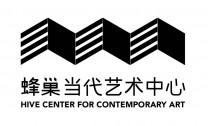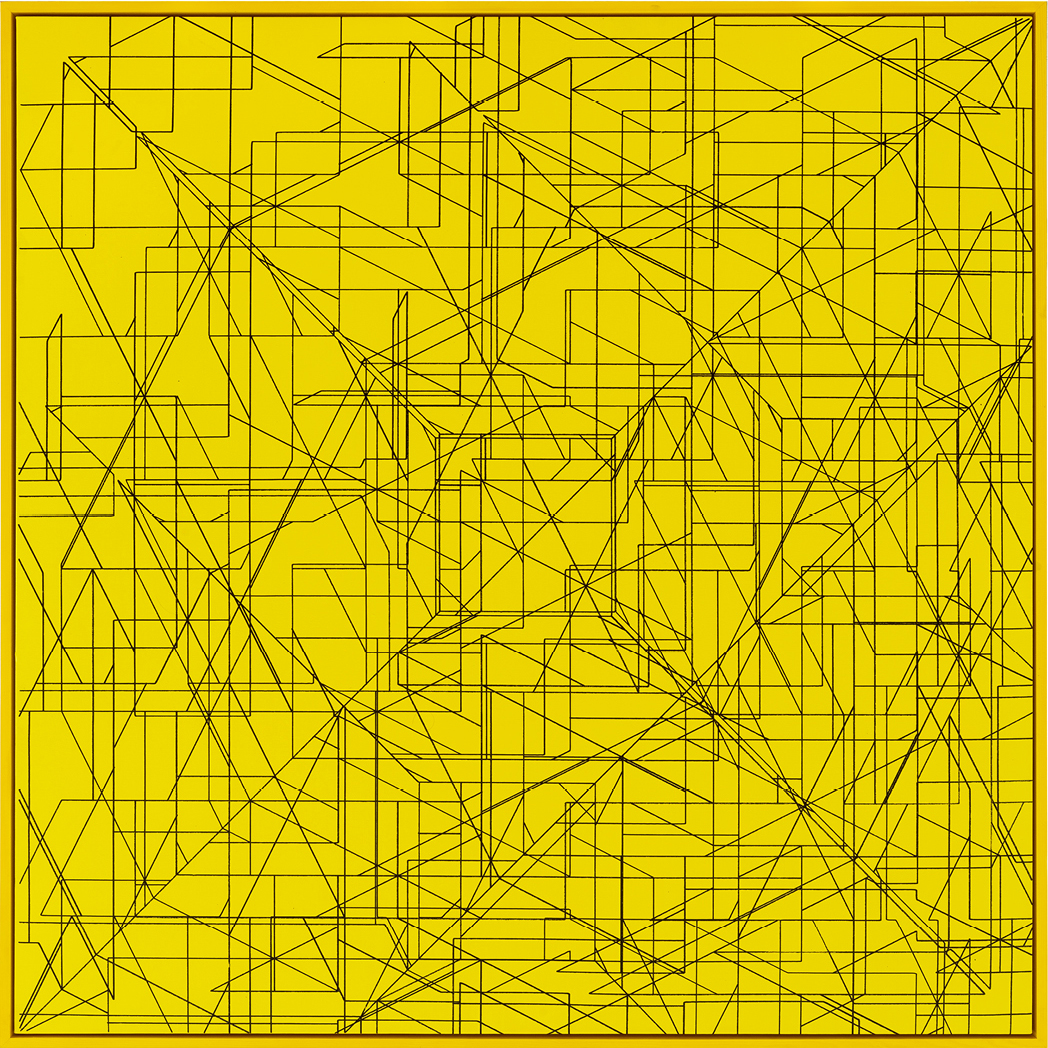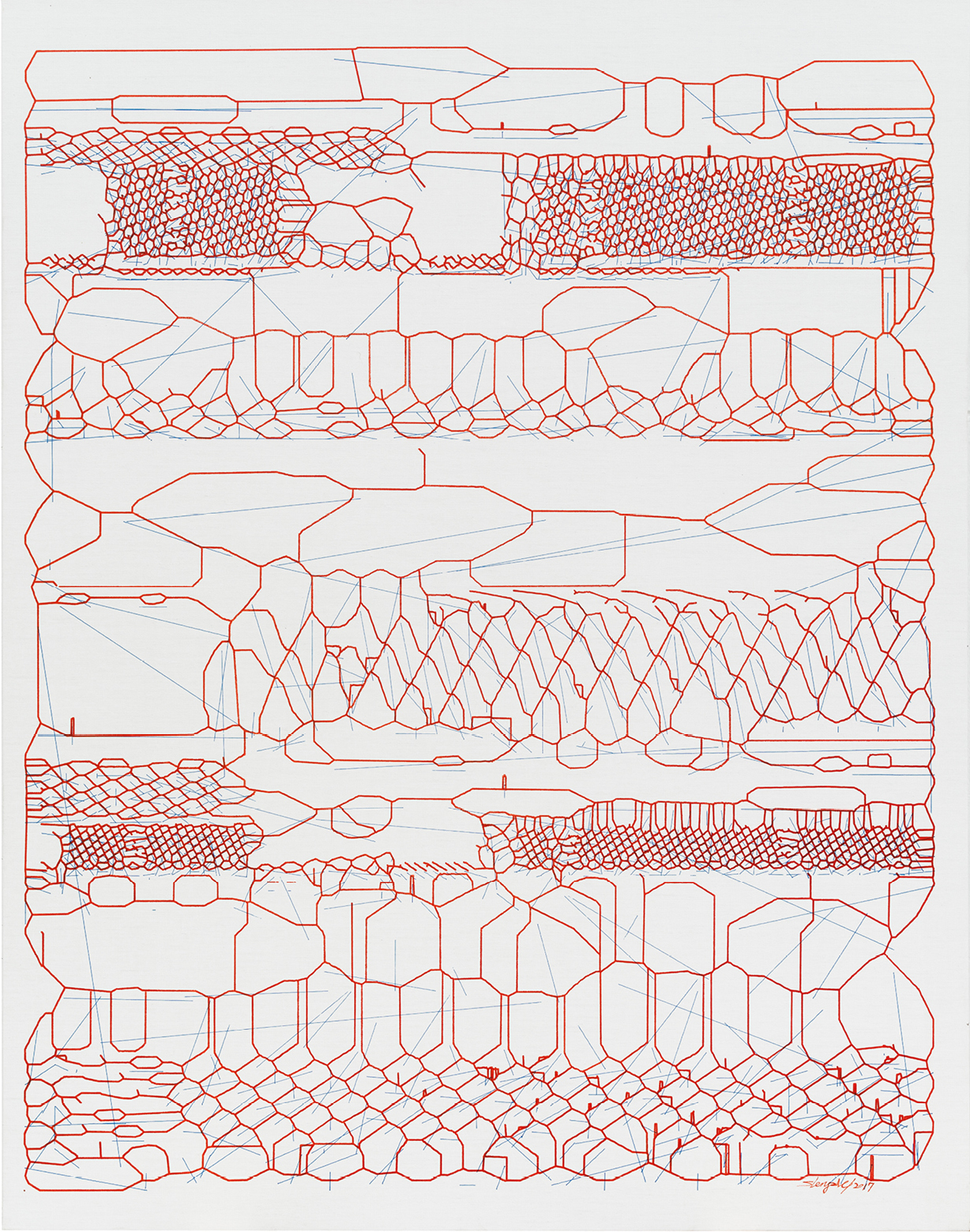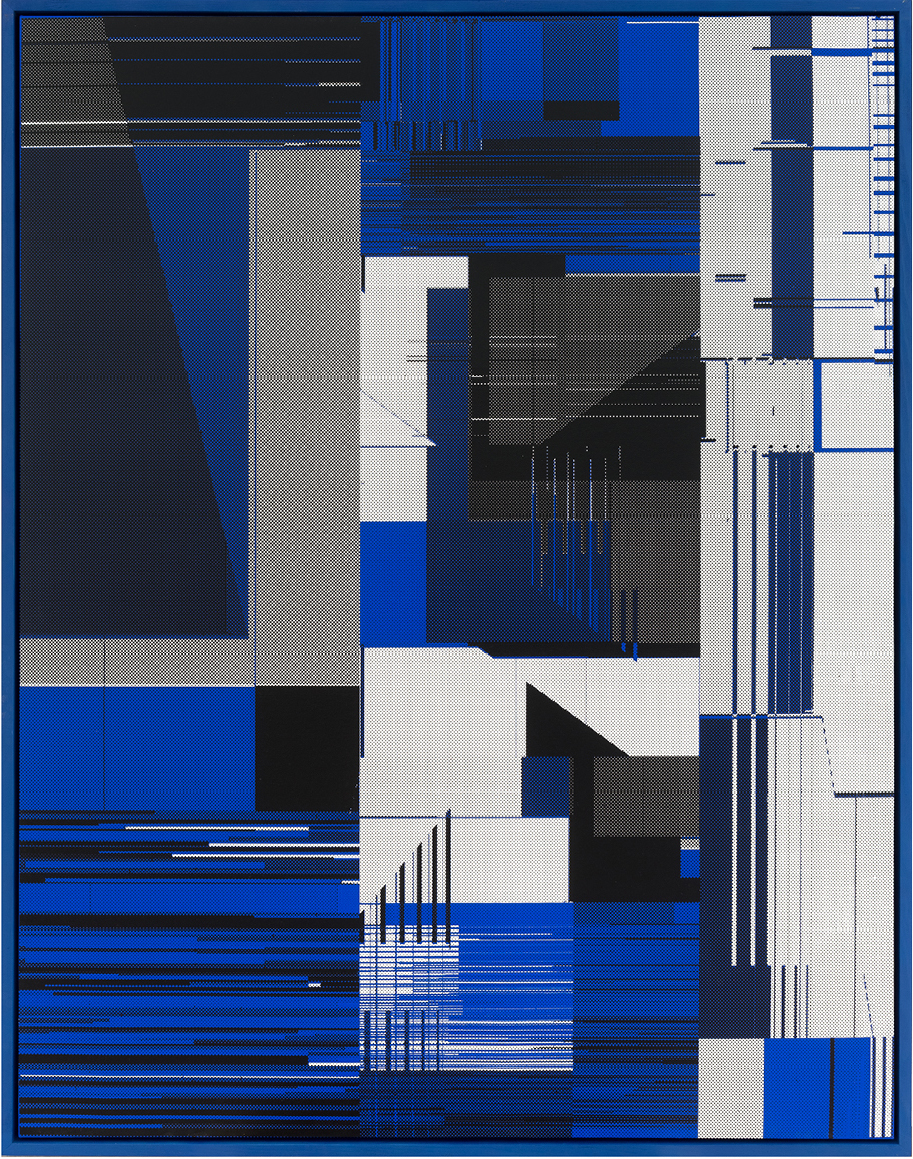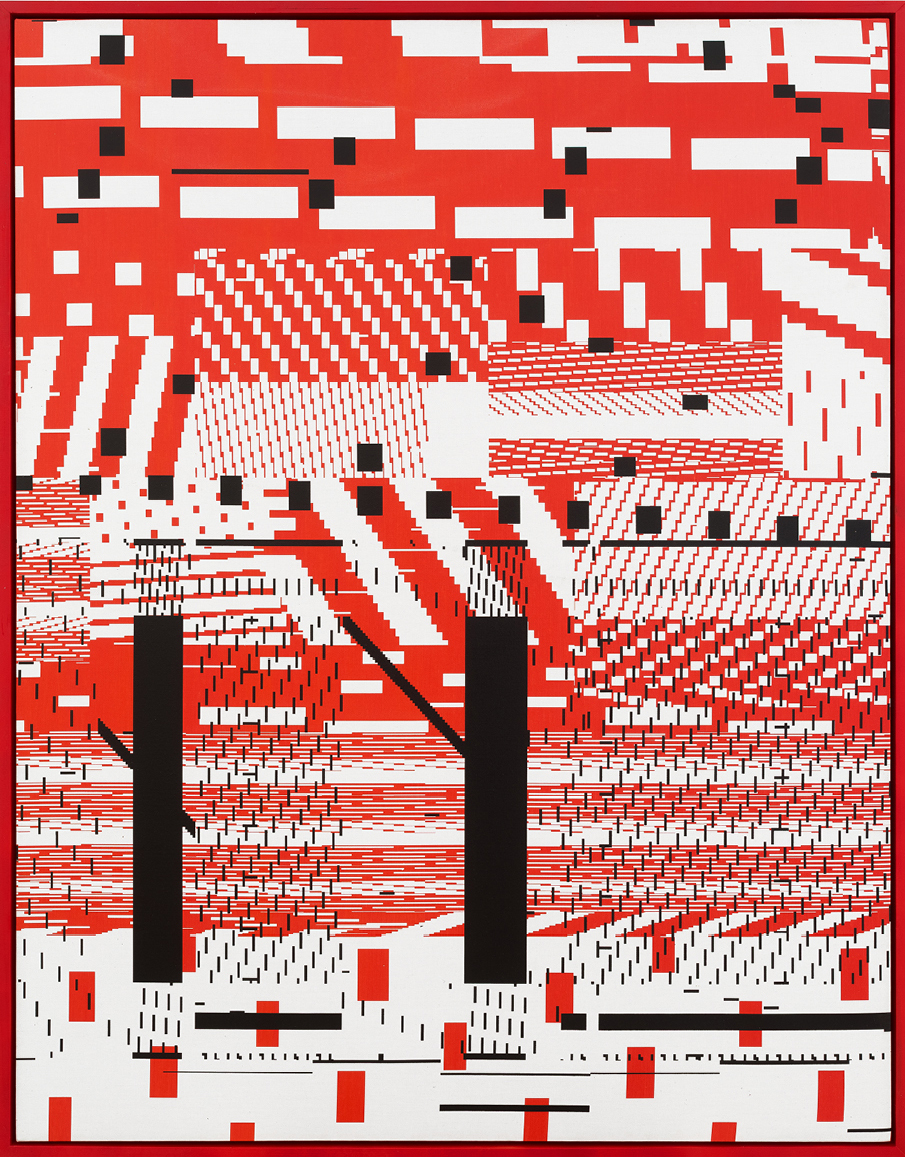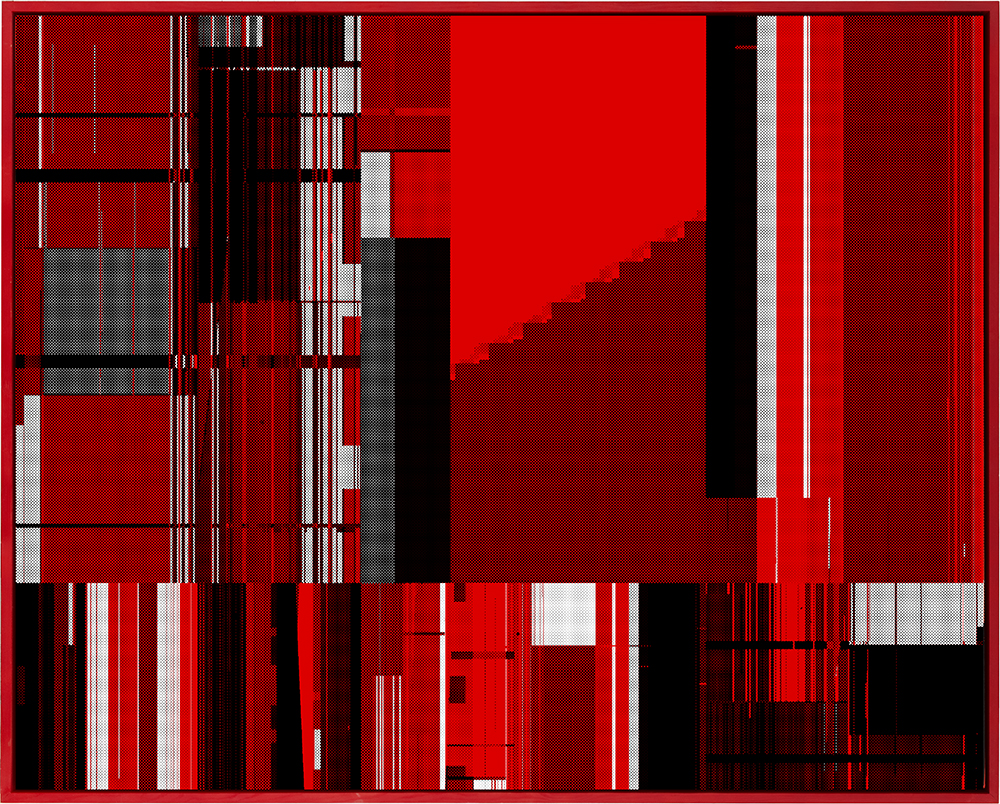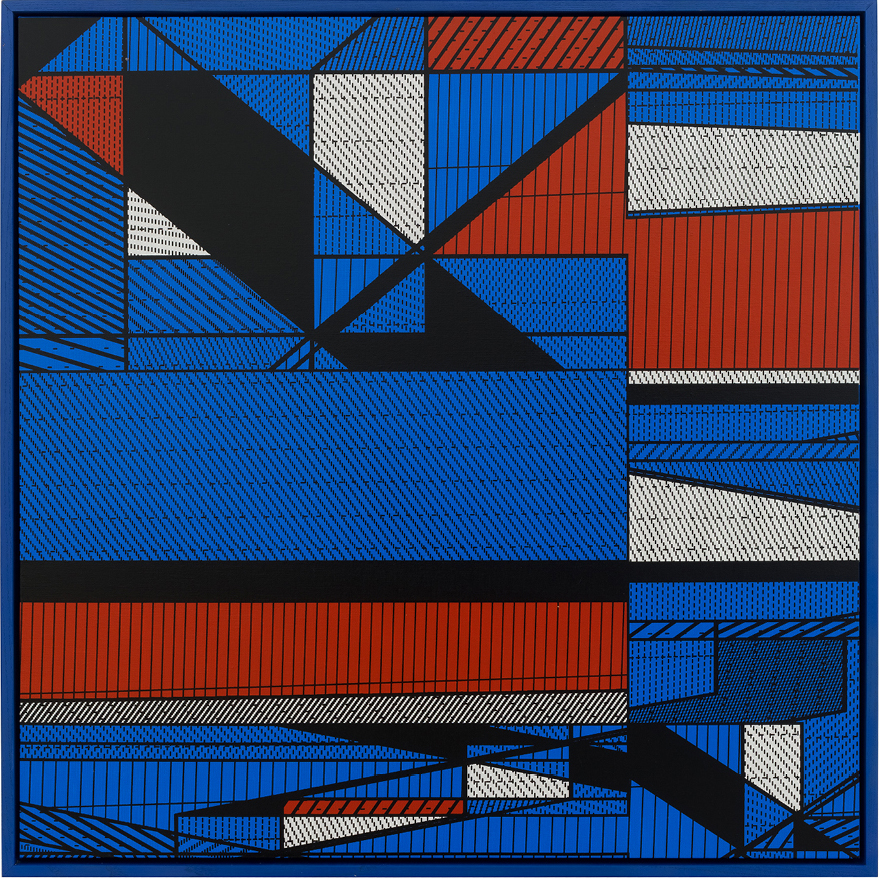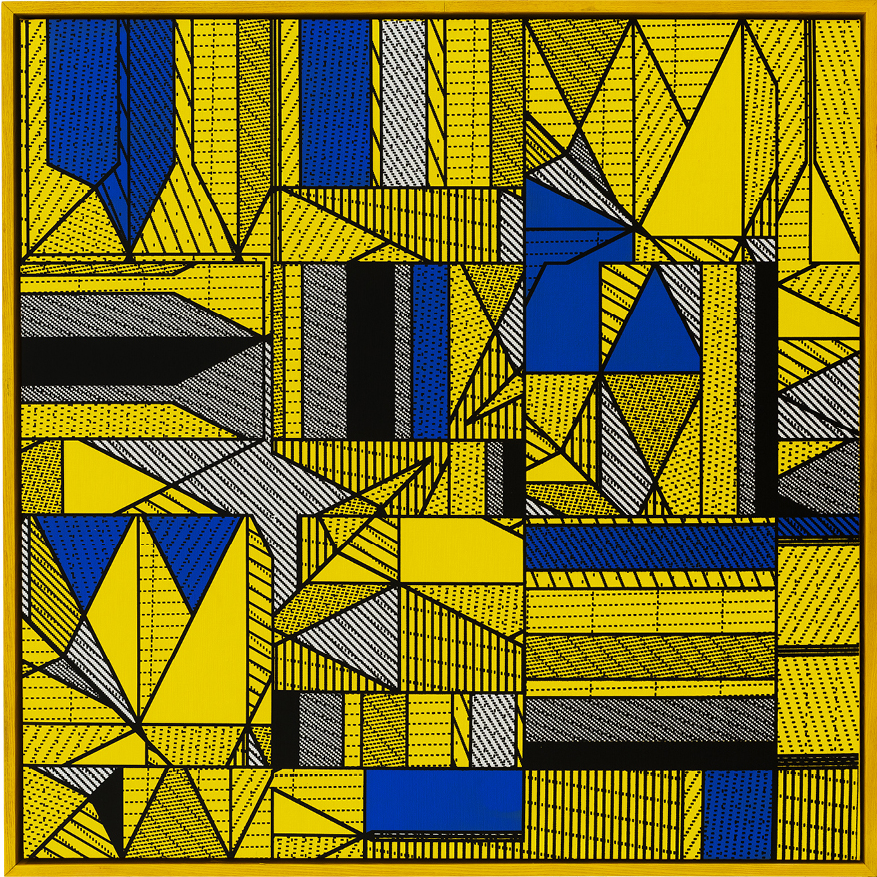- 资质:诚 艺
- 评分:
1分 2分 3分 4分 5分 6分 7分 8分 9分 10分 8.4分
- 印象:
- 经营时间:17年
- 展厅面积:
- 地 区:北京-朝阳
马晟哲:1024
- 展览时间:2017-10-22 - 2017-11-30
- 展览城市:北京-朝阳
- 展览地点:北京市酒仙桥路4号798艺术区E06
- 策 展 人:于非
- 参展人员:
展览介绍
马晟哲:1024
Ma Shengzhe: 1024
艺术家| Artist:马晟哲 | Ma Shengzhe
策展人|Curator:于非 | Yu Fei
开幕时间 | Opening:2017.10.22 16:00
展览时间 | Exhibition Dates:10.22 - 11.30.2017
地点|Venue:
蜂巢(北京)当代艺术中心| Hive Center for Contemporary Art (Beijing)
地址|Add.
北京市酒仙桥路4号798艺术区E06 |
E06, 798 Art Distrct, Chaoyang Distrct, Beijing, China
蜂巢(北京)当代艺术中心将于2017年10月22日,在D、E厅推出马“晟哲:1024”个展。出生于1985年的马晟哲,自2008年视觉传达专业毕业后至今,一直将计算机作为自己艺术创作的第二主体,对计算机偶发生成的图像进行处理并应用于创作,人与机器在交替占领主导的反复中推动创作的演进;展览名称“1024”,日常专指作为计算机数学中的进制标识。马晟哲运用写实的手法提取抽象的计算机图像,并最终将无法解读的机器意志物质化,试图以可见照向不可见,由视觉指向视觉之外的深处。本次展览由青年策展人于非策划,将持续展出至11月30日。
马晟哲的造像过程可谓既分裂又矛盾,几乎可以将他的创作一劈两半——由机器担负前半部分“原创性”的工作,由他自身承担后半部分“机械化”的劳作。首先,他为计算机输入超负荷的程序,致使其在正常的运行过程由于对程序的消化不良而产生卡壳、停滞、甚至全面崩溃。图像在痉挛中扭曲着定格,打破正常人为设定下的视觉秩序,随着键盘截屏的操作,化为瞬时且永恒的图像数据。由像素构成的图像又偶发地形成两个极端,分别由色块和线条主导画面。马晟哲以近乎于工匠的执着为两者拟定了不同的图像输出方式,并由此进入创作的第二个阶段。对于色彩复杂的,呈块面结构的作品,马晟哲先将计算机生成的原始图像层层解构,再以类丝网工艺逐一叠加着时间转印至画布之上,最大程度地还原有层次,而没有体量;有经纬,而没有纵深的,纯粹的图像。针对充斥着单一线条的画面,马晟哲则将复杂的坐标数据导入定制的绘画仪中,以机器实践机器的构思,确保手与画笔的经典组合在他的创作中全程缺席。
在长期的艺术实践中,马晟哲曾尝试过多种不同的图像输出方式:艺术微喷能够最大化,清晰、准确地呈现图像,但是过度的客观真实对于人的视觉而言反而失真;蓝晒工艺得以捕捉动态图像的微妙细节,然而纸面上的蓝色试剂随物理环境变幻深浅,浪漫而不够确凿。为马晟哲持续沿用至今的布面媒介,携带着与绘画的历史渊源和更为显著的物质属性,承载了尤为繁琐的创作工序。在观者视线所不及之处,马晟哲冷静而又虔诚地重复着“成像”的仪式,铺陈着对于现实世界而言,无法依靠任何标准来解读的图像语言。
马晟哲不拘一格的创作方式或许使观者陷入一种困惑:人与机器,谁才是创作的主体?不能忽略的事实是,马晟哲虽然无法完全把握创作的结果,却从一开始便自主分配好自身与机器的角色,严密而有效地控制着图像的生成方式。事实上,马晟哲并非刻意抹除“作者”的概念、将艺术创作的权利让渡他者。他所做的,更像是企图松绑机器自身不为人知的自主性,以之于人来说偶发且随机的方式,实现对于机器而言必然的运行轨迹。他每每以过往的作品图像当做新一阶段创作的底图,反复锤炼机器的抵抗性,并在此过程总获得越发精密复杂与富有秩序感的,“进化”后的图像。从这一层面上来说,马晟哲似乎在与机器进行一场持续性的,脱离正轨的对话。若果真如德布雷所说,追求图像现时的原创性和未来的不朽性是两种需要做出取舍的信仰行为,马晟哲无疑选择了后者。
Hive Center for Contemporary Art (Beijing) is pleased to announce the opening of Ma Shenzhe: 1024 on 22nd Oct., 2017, at Hall D/E. Ma Shengzhe was born in 1985 and graduated with B.A Degree from Graphic Design department in 2008. One may feel perplexed by the images in Ma Shengzhe’s artistic creation, and find it difficult to define and classify his artworks in consequence. Superficially, his works resemble the appearance of abstract painting, then when we try to seek an unconventional approach, we will aware of the secondary role of a computer to his artistic creation as well as the internal logic of the acquisition and recreation of images. As an identification in the system of Computer Mathematics, 1024 hints the implied logic of his works. Image data has been materialized, Ma Shengzhe’s artworks tend to grow from the visible to the invisible and orient from the superficial to the profound. The exhibition is curated by Yu Fei and will last until 30th Nov..
Ma Shengzhe’s image-making process can be deemed as both divergent and paradoxical. We can almost bisect all his creations into two parts: the first half proportion “originally innovated” by the machine and the other half “mechanized” manually by himself. First of all, his input of overloaded computer programs may drive the properly functioning computer to jamming, stagnation, and even total collapse owing to “program indigestion”. The images are then freeze-framed as if they were twisted in the spasm, breaking the visual orders configured for average persons. The image data, momentary yet perpetual, are worked out by screenshot. Accidentally, images in pixels take the form of two extremes respectively dominated by color patches and lines. Ma Shengzhe with his craftsmanlike perseverance, produces two different methods of image-output, thereby initiating the second stage of artistic creation. For artworks with complex colors and cubic structures, Ma Shengzhe deconstructs the original images generated by the computer into layers, and transfers the images layer upon layer onto the canvas by the screen-printing-like technique. Hence, what he creates are absolute images with gradation and organization, yet without volume or depth. As for artworks with singular lines, Ma Shengzhe introduces complicated coordinate data to his tailor-made autograph and literally practices the conception of one machine with the other machine, making the conventional combination of hands and painting brushes completely absent all through the process.
what is revealed from Ma Shengzhe’s practice is an irreconcilable disparity of dimensions between digital information and biological composition on the two sides of the screen. The data may become invalid along with the rapid technological upgrades, while the materialized one is guaranteed with free application in the material world. Across his long journey of artistic practice, Ma Shengzhe has experimented on various methods of image outputting: giclee can present images with maximum resolution and accuracy, yet the over-objective reality may distort man’s vision; cyanotype allows dynamic capture of subtle details, yet the blue reagent on paper may vary as the environment changes, romantic but not concrete enough. The canvas medium for Ma Shengzhe’s continuous use till now may trace back to the origin of painting and highlight its material attribute carrying forth the multifarious and complicated creative procedures. Then, beyond the sight of the viewers, Ma Shengzhe replicates his imaging practice, calmly and honestly, and narrates behind the images in a language inexplicable by any criteria in the real world.
Ma Shengzhe’s artistic approach may easily puzzle the viewers in that: man and machine, which one is the primary creator? The indispensable fact is, that though Ma Shengzhe is unable to control the outcome at his discretion, he assigns the machine’s and his own roles from the very beginning and thus controls closely and effectively the way of imaging. In fact, he does not deliberately erase the concept of “author” and hand over his right of artistic creation to others, but rather, he seems to set free the still unknown initiative in the machine to achieve its operational consequent trajectory, which to man may appear accidental and random. Taking the images in his previous paintings as draft, he reproduces them in his new works, hones repetitively the resilience of the machine, and obtains increasingly refined, complex, and ordered, “evolved” images. Provided that Régis Debray’s remarks are proven, the pursuit for the existing originality of images and that for the future immortality of images are two acts of faith that require devotional acceptance or rejection, Ma Shengzhe chooses undoubtedly the latter.

 黄琦
黄琦 测试用艺术
测试用艺术